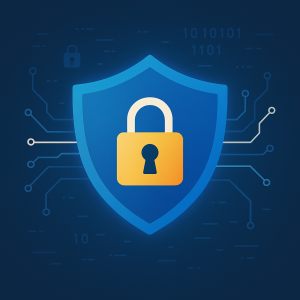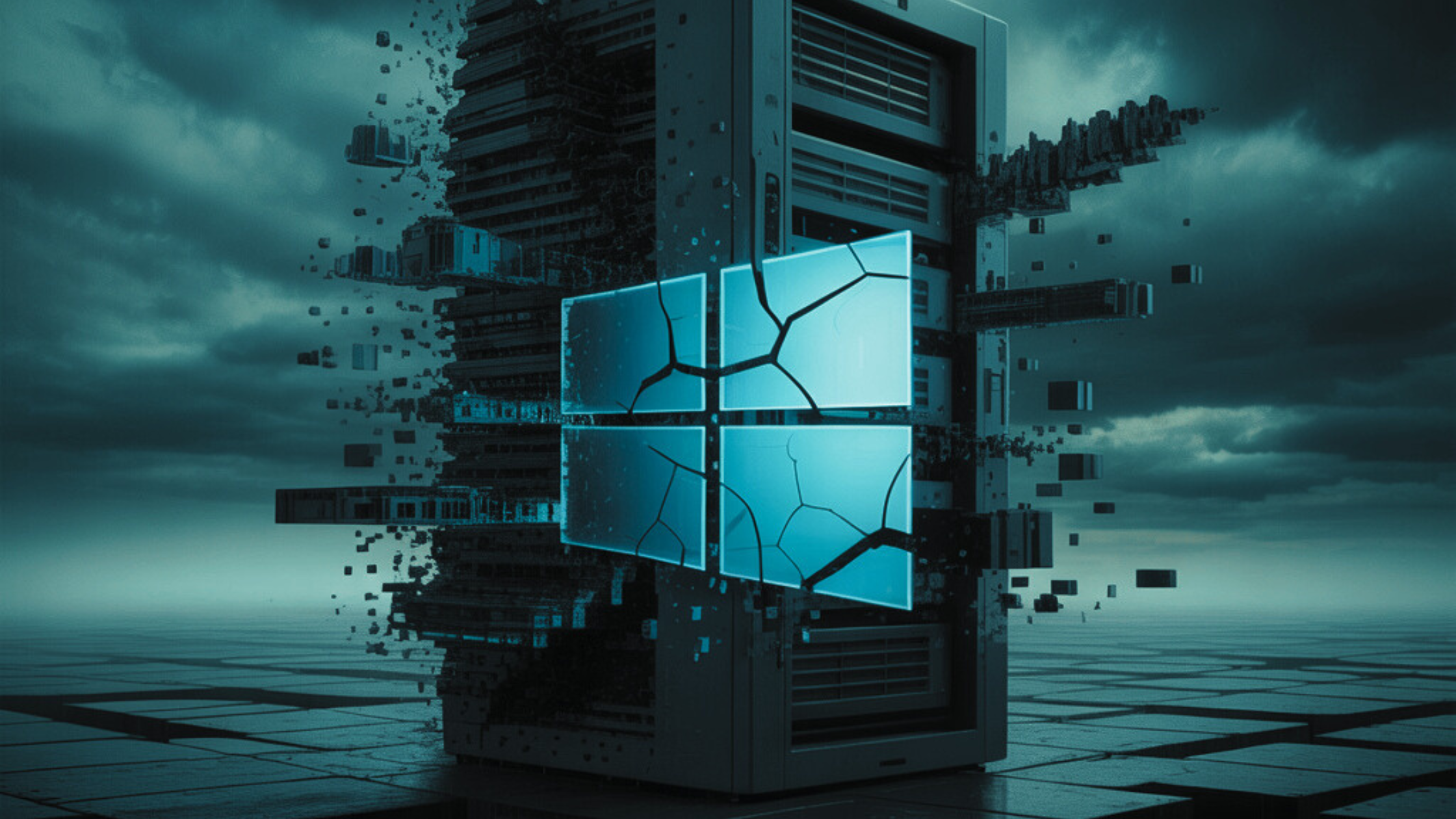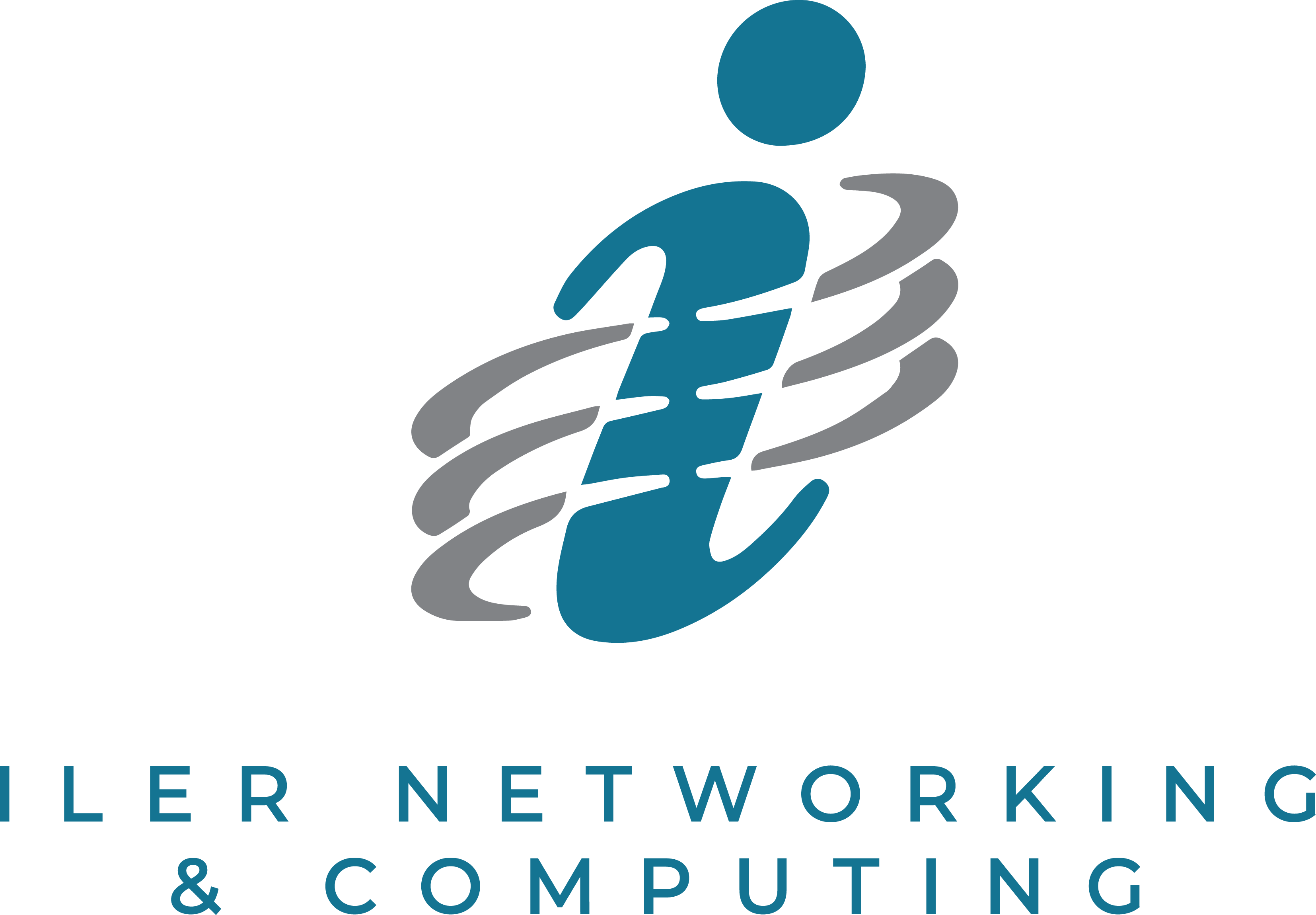 October marks Cybersecurity Awareness Month — an ideal moment for business leaders to reinforce how vital workplace cybersecurity habits are for every employee. Far too many breaches occur not from sophisticated nation-state attacks, but from small, everyday mistakes: clicking a malicious link, delaying a software update, or reusing a compromised password.
October marks Cybersecurity Awareness Month — an ideal moment for business leaders to reinforce how vital workplace cybersecurity habits are for every employee. Far too many breaches occur not from sophisticated nation-state attacks, but from small, everyday mistakes: clicking a malicious link, delaying a software update, or reusing a compromised password.
If you run or manage a small to mid-sized company, you’re the one your customers trust with their data. That trust hinges not on expensive tools alone, but on consistent habits your whole team practices. Below, we cover four core habits your business must adopt — with clear action steps — and show how this month can be the turning point in your security culture.
Why “Workplace Cybersecurity Habits” Should Be Your Mantra
Before diving in, let me introduce our focus keyword: workplace cybersecurity habits. That phrase reflects where security succeeds — in habits, not in hardware alone. You’ll see it woven throughout this post (title, meta, and content) because repeat exposure to this concept helps both readers and search engines recognize the theme and relevance.
Adopting real, repeatable habits leads to durable defenses — far more effective than one-time training sessions or checklists. Let’s look at the four foundational habits every organization must establish.
1. Communication: Make Cybersecurity Part of Daily Dialogue
Treating security as a side issue isolates it – and that’s dangerous. The first step toward embedding workplace cybersecurity habits is turning conversations about digital safety into a regular part of your team’s workflow.
What to Do:
-
Open each staff meeting with a one-minute update or warning about a current scam or phishing trend.
-
Encourage employees to submit suspect emails to IT or security leads, no matter how small the doubt.
-
Use internal newsletters or bulletin boards to highlight “near misses” — times someone almost clicked something they shouldn’t, and what they learned.
When your team sees cybersecurity as an ongoing conversation, they stop viewing it as “extra work” and begin seeing it as integral to daily operations.
2. Compliance: Build Trust Through Standards
Compliance isn’t just a checkbox; it’s a foundation of trust with your customers, partners, and regulators. Whether or not your industry mandates HIPAA, PCI DSS, or GDPR, your clients expect you to protect their data.
What to Do:
-
Audit your policies against current regulations and best practices at least annually.
-
Document and log all security trainings, policy reviews, and system updates.
-
Make compliance a shared concern — not just IT’s job. Assign owners in different departments.
For a clear, actionable guide to compliance frameworks and how to adopt them, review the NIST Cybersecurity Framework overview.
Clients and prospects see documented compliance not just as legal protection, but as evidence you take security seriously.
3. Continuity: Prepare for the Worst — and Test It
Defense is critical, but recovery matters just as much. Real workplace cybersecurity habits include regular checks on your ability to respond and restore operations.
What to Do:
-
Enable automated backups for all critical systems, and test restores frequently (monthly is a good minimum).
-
Develop a ransomware readiness plan: Who contacts whom, what systems are isolated, how you will pay (or refuse), and how you’ll communicate with stakeholders.
-
Run “fire drills” — simulate a cyber incident and walk employees through the steps to contain damage and recover.
Even a simple test — restoring one critical file — can reveal gaps in your recovery plan.
4. Culture: Empower Every Employee as a Defender
At the heart of workplace cybersecurity habits is culture. Tools and policies help, but your people are your first line of defense. A culture that rewards vigilance, collaboration, and awareness converts everyday users into security champions.
What to Do:
-
Promote strong, unique passwords, or better, require employees to use a password manager.
-
Enforce multi-factor authentication (MFA) everywhere it’s supported.
-
Spotlight employees who recognize phishing attempts or stop a mishap — offer praise, small rewards, or public recognition.
-
Run periodic micro-training sessions (5–10 minutes) on current threats.
When employees feel they share responsibility and aren’t just being scolded, they’re more likely to adopt secure habits with enthusiasm.
Putting It All Together: Your Month-Long Action Plan
To transform your workplace, here’s a sample 30-day plan:
| Week | Focus | Key Actions |
|---|---|---|
| Week 1 | Communication | Announce workplace cybersecurity habits initiative. Share a recent scam example in your industry. |
| Week 2 | Compliance | Review your policies. Assign compliance owners per department. |
| Week 3 | Continuity | Test a backup restore. Draft or rehearse an incident response scenario. |
| Week 4 | Culture | Launch a recognition program. Provide mini training on phishing or MFA. |
Repeat and refine monthly. Embed these habits so thoroughly that skipping them feels like skipping your morning coffee.
Inbound Link: Next Step for Your Business
Ready to put these workplace cybersecurity habits into practice? Visit our Services & Solutions page to see how we can help you build sustainable security programs, train your team, and monitor risks proactively.
Why This Matters
-
Reduce risk from human error — Up to 90% of breaches start with an unwise click or poor configuration.
-
Build stakeholder trust — Clients, partners, and regulators expect you to behave like a serious data steward.
-
Strengthen your recovery posture — Prevention is vital, but resilience ensures business continuity.
-
Create a security culture — The best security tools fail without users acting responsibly daily.
Cybersecurity Awareness Month is your opportunity — but real gains come from sustained effort. The habits you build in October can outlast the month, and protect you throughout the year.
Don’t wait for a breach to force your hand. Start fostering workplace cybersecurity habits today — and schedule your free discovery call now so we can help transform your team from vulnerable to vigilant.







